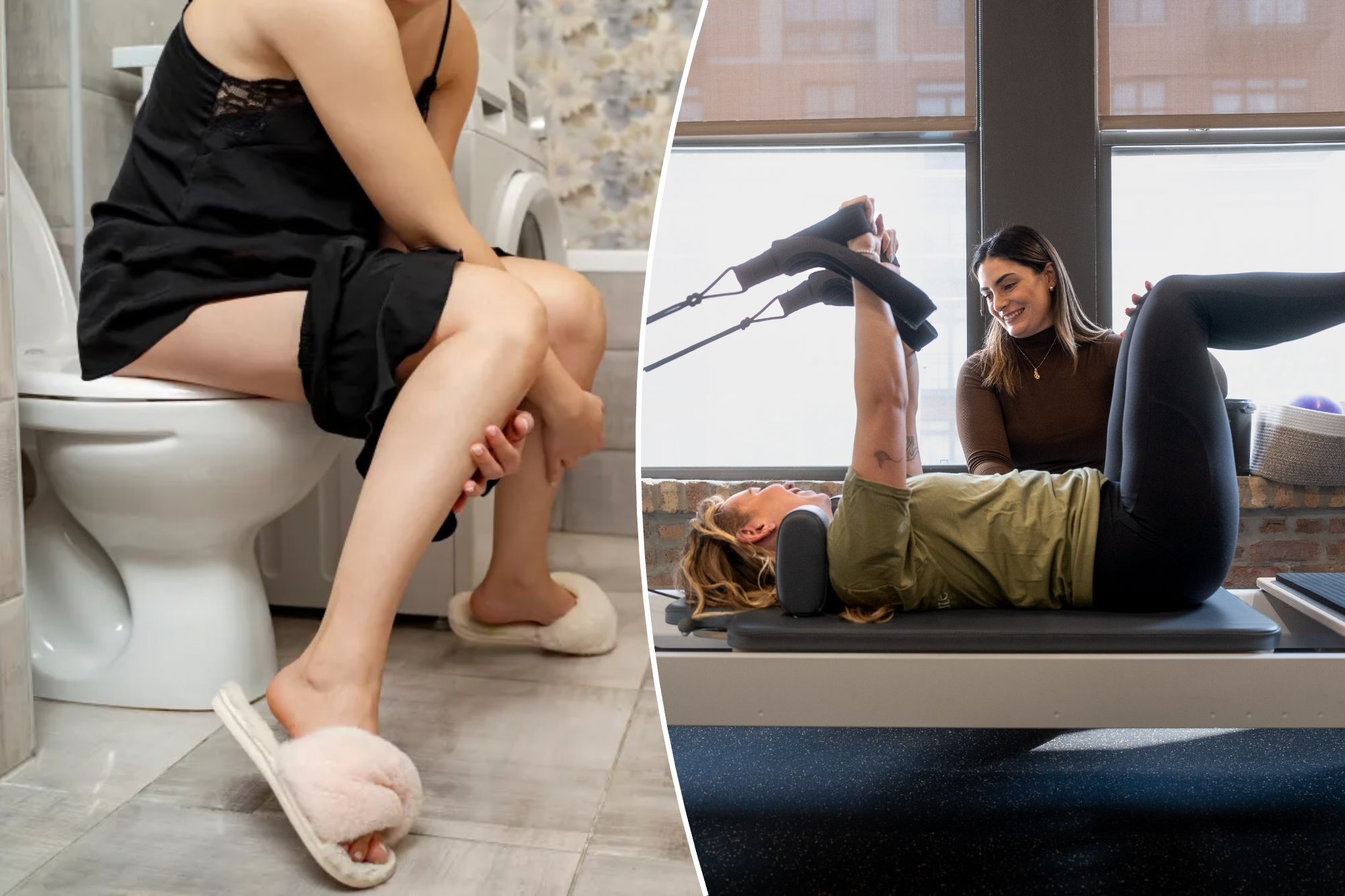
Pelvic floor problems? Urine trouble.
If you find yourself from time to time – or constantly feel like you have to run in the bathroom – it may be time to admit that you are fighting with incontinence.
And despite what you may have heard, it’s not just mothers who have this issue.
“The pelvic floor dysfunction comes in many shapes and sizes. Most often, our minds go to pregnancy and births of children, especially in the presence of perineal tears, prolapse, or associated leak,” Dr. Amanda Neri, a pelvic therapist and founder of the Pelvic Institute for the New York Postion.
First things first: in fact there are two types of incontinence, and it is not just to have a little bit of a deceus whenever they sneeze. And each of these problems has different solutions.
“To not allow emergency – rushes to the bathroom and stems – we will try the promotion pushing techniques which include landing on a flat surface, breathing diaphragmatic, distraction methods and rapid fire pelvic contractions to help calm the demand for invalid,” Neri said.
“For stress not – flows with increased pressure, viz, laughing, sneezing, dancing, etc.” We will work for coordination and hardening, which may include pelvic floor contractions and other strength exercises for patients to do at home. “
If there is one thing she will not recommend – despite what TV and Fitness influencers have been told – without getting the green light from an expert, is Kegels.
“It is important to note that pelvic floor contractions – AKA Kegels” are not suitable for all patients and can do worse symptoms in some cases, so it is important to get an individual evaluation before you do them at home, “she said.
Kegels can actually worsen the pelvic floor malfunction if the issue is muscle tightness or poor coordination than weaknesses.
In this case, constant contraction of the already tense muscles can increase pain, emergency and pressure rather than relieve it.
Who is suffering from the pelvic floor malfunction?
Pelvic floor dysfunction affects about 10% of women aged 20â 39, 27% aged 40 years 59, 37% aged 60, 79, and nearly 50% of women aged 80 or older, according to NiH.
So while age is a factor, “like any damage, the pelvic floor dysfunction can develop out of time through daily activities and overuse,” Neri said.
“The pelvic floor is resilient and excellent in providing support, but the lack of proper coordination, excessive tension and underlying disease can limit its ability to function well.”
If you have pelvic floor dysfunction, activities such as elevation, high impact activity, chronic constipation and coughing-whatever increases intra-abdominal pressure and pressure-rein
“Moreover, hormonal changes and aging have their impacts on tissue elasticity, which is why we can see a blow to the pelvic floor malfunction during menopause,” Neri added.
For those who have it, the pelvic floor malfunction can cause much more than occasional discomfort – and is not always so easy to see.
“The usual symptoms that we associate with the dysfunction of the pelvic floor include pain – internal or external – around the pelvis, buttocks, or low back, not -industry, urgent urgency, aggravation or pressure within the pelvis, sexual dysfunction, including the peak of pain or difficulty,” she said. “She said.
“The pelvic floor malfunction can appear in different ways, and it may seem as simple as chronic back pain, for which people can never think of seeing a pelvic therapist for it.”
And, of course, it can lead to incontinence.
Speaking about the use of toilet, Neri previously warned that women should never accumulate on the toilet seat.
“It’s not good for your pelvic floor because it creates tension,” Neri explained, adding that “it’s hover-peoples who undress in place!”
It is also not a peeing lover “just in case”, as before you leave home when you don’t need to go.
“You can train your bladder so you need to go more often doing this,” she warned.
#fight #incontinence #dont #kegels
Image Source : nypost.com